Waking up in the Caribbean and Going to Bed in the Pacific
Starting in Fall 2016, students and staff at the SFS Center for Tropical Island Biodiversity Studies (TIBS) in Panama have been able to leave the island paradise of Bocas del Toro in order to explore different tropical ecosystems and livelihoods on the mainland of Panama. Last week, we had the opportunity to travel through the mountains of Panama.
On a four day trip, students experienced the Pacific side of Panama and got a little taste of several tropical ecosystems different from the lowland evergreen rainforest found around the Bocas Archipelago: elfin forest, dry forest and cloud forest. Through a six hour drive from the Center, students witness the contrasting changes in vegetation from the lowland to the mountains, including the elfin forest and its particular ecosystem. At a high elevation, between 1500-3000 m, the elfin forest is wet, foggy, cold, and windswept; it receives a rainfall of 4000 to 8000 mm, the canopy is between 4-6 m, the shrub layer of 1-3 m, the herbaceous layer is thick but not diverse; lianas and epiphytes are abundant and trees lack buttresses.
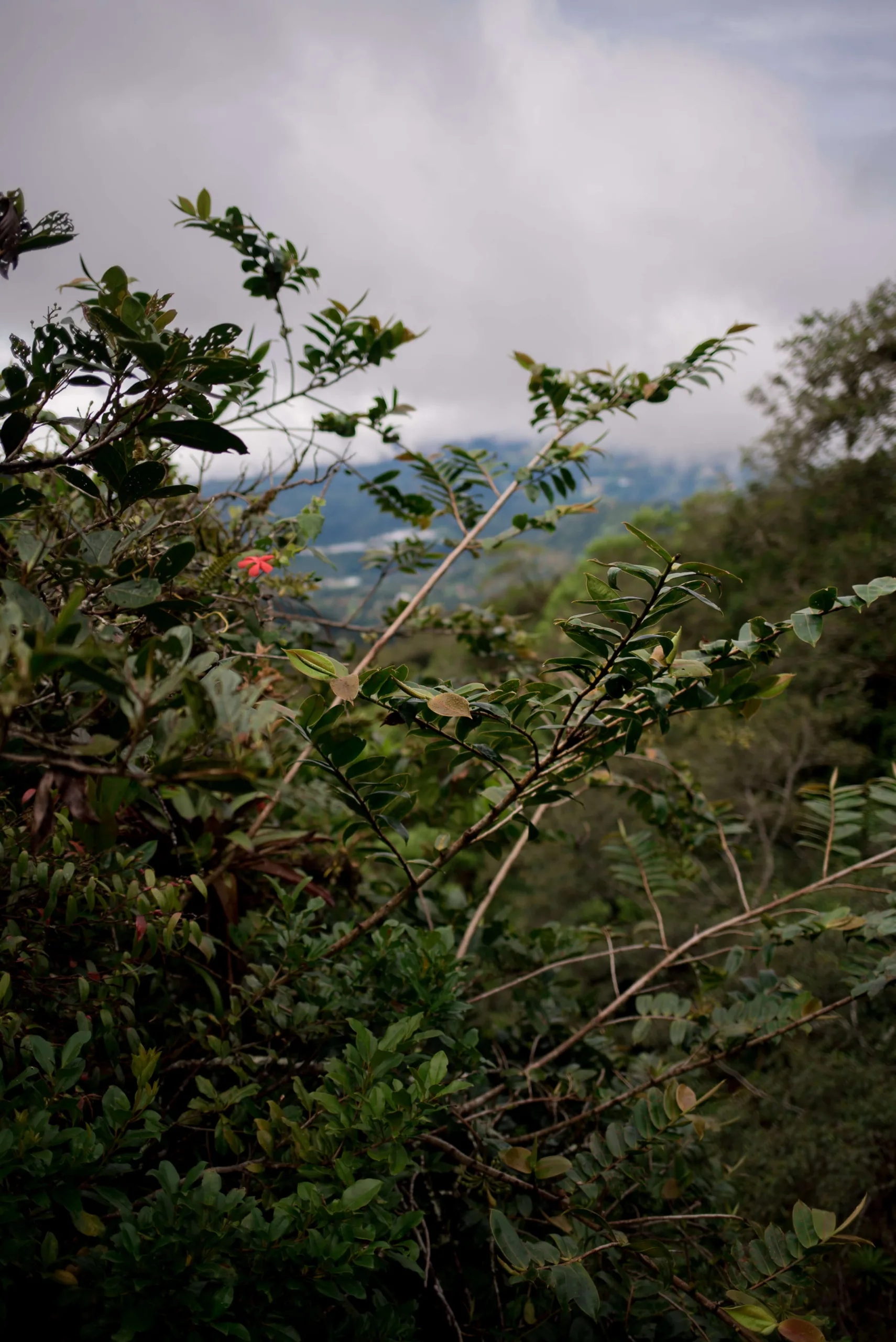
All photos courtesy of Anna Chahuneau
Once on the Pacific side, we settled at Boca Brava for two nights. While there, we spent a day at Isla Bolaños, one of the 25 islands under protection by the Gulf of Chiriquí National Marine Park. A short hike through the forest provides evidence of how different the dry forest and the lowland evergreen rainforest are; it also highlights the different habitats provided by this particular ecosystem. Dry forests are found from sea level to 300 m in elevation; the dry season is marked with a length between 5 and 6 months; rainfall between 1500 and 2000 mm; the trees are deciduous, buttresses poorly developed; the canopy height is 20-30 m, the understory 10-20 m and the shrub layer 2-5 m; the ground layer is scant, with few herbaceous species; epiphytes and lianas are few and palms are rare.

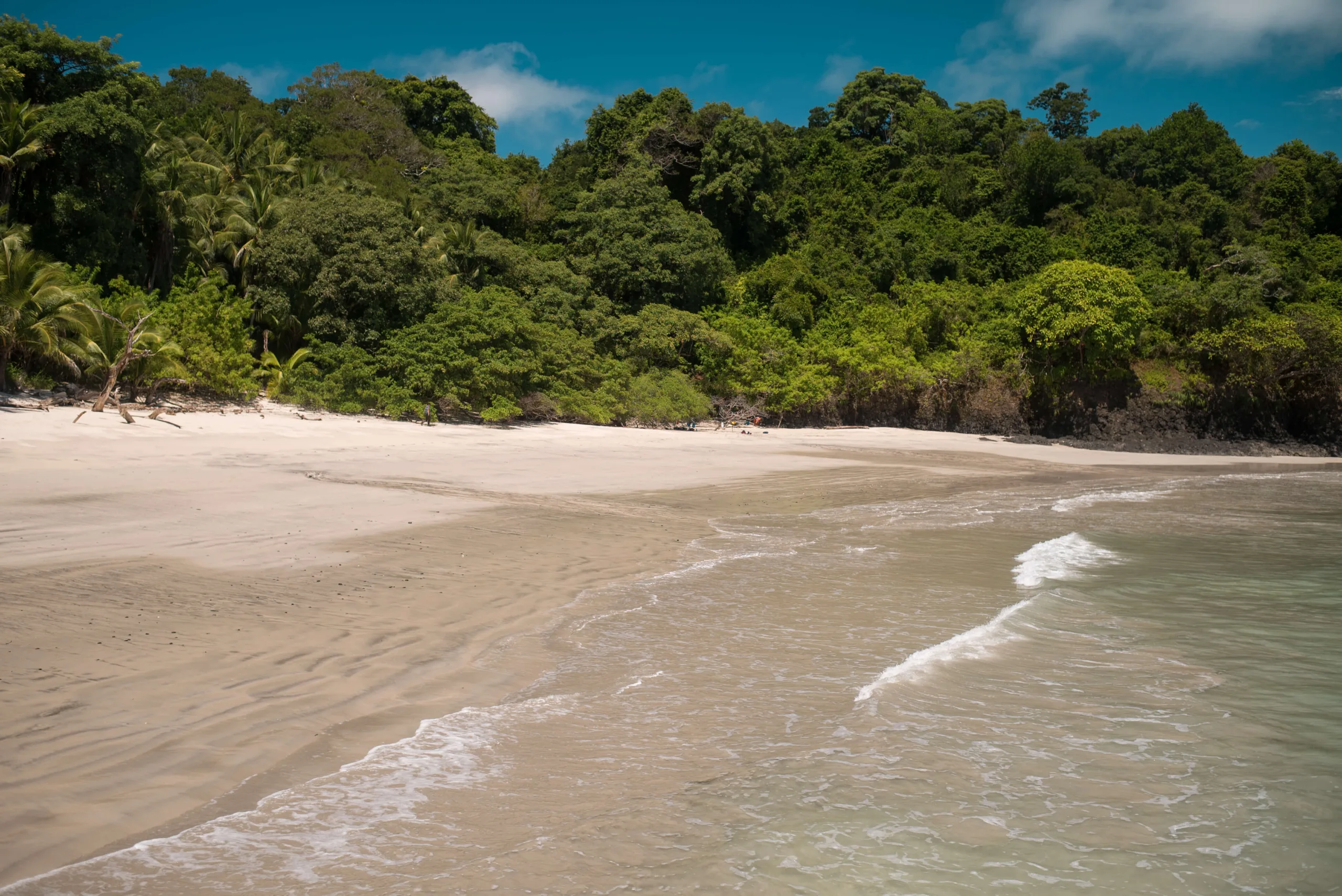
After two nights at Boca Brava, we moved to our second destination, the peaceful town of Boquete, a small mountain village on the slopes of Volcan Barú. During our stay in Boquete, students had the opportunity to experience the cloud forest through a hike on hanging bridges with Boquete Tree Trek, across a circuit of six suspension bridges covering 4.5km through the canopy. The Tree Trek is located in the Talamanca Mountain Range bordering La Amistad International Park. At an elevation between 1000 and 2500 m, the cloud forest in Boquete contrasts with the dry forest at Boca Brava, with a most luxuriant, epiphyte-rich ecosystem, receiving a rainfall between 4000-10,000+ mm (most from condensation), with no seasonality, trees are evergreen, with a canopy height of 25-40 m, and emergents 50-60 m (Quercus sp.), the understory is 5-15 m, the shrub layer 1-3 m, and the ground layer: very dense w/ diverse herbaceous species; epiphytes, ferns, lianas are super abundant, palms range from rare to common, and buttresses are poorly developed. The most outstanding feature of the cloud forest is probably the presence of tree ferns, a group of relatively primitive ferns in the order Cyatheales; they are characterized by ascending trunklike stems and an arborescent (treelike) habit.
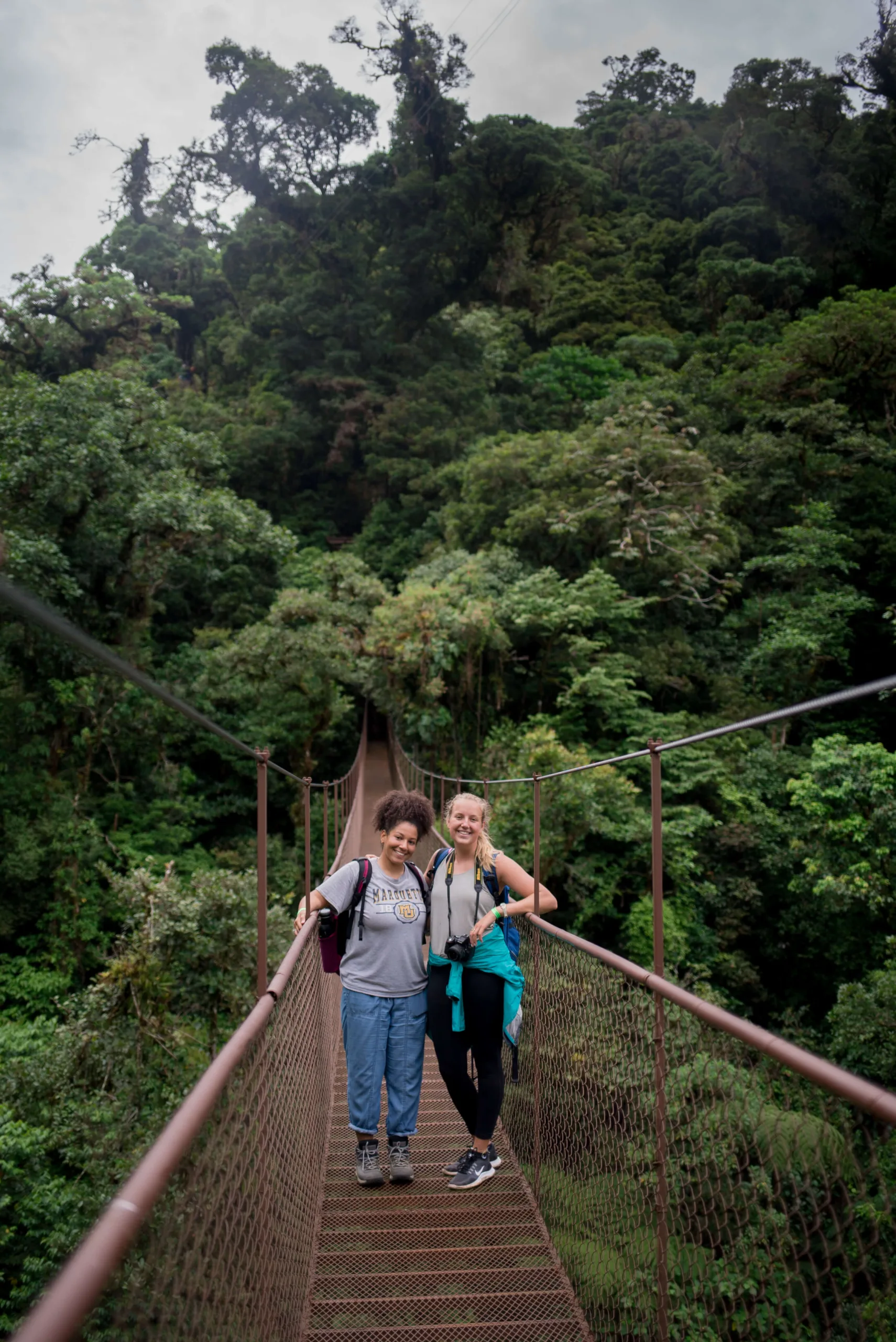

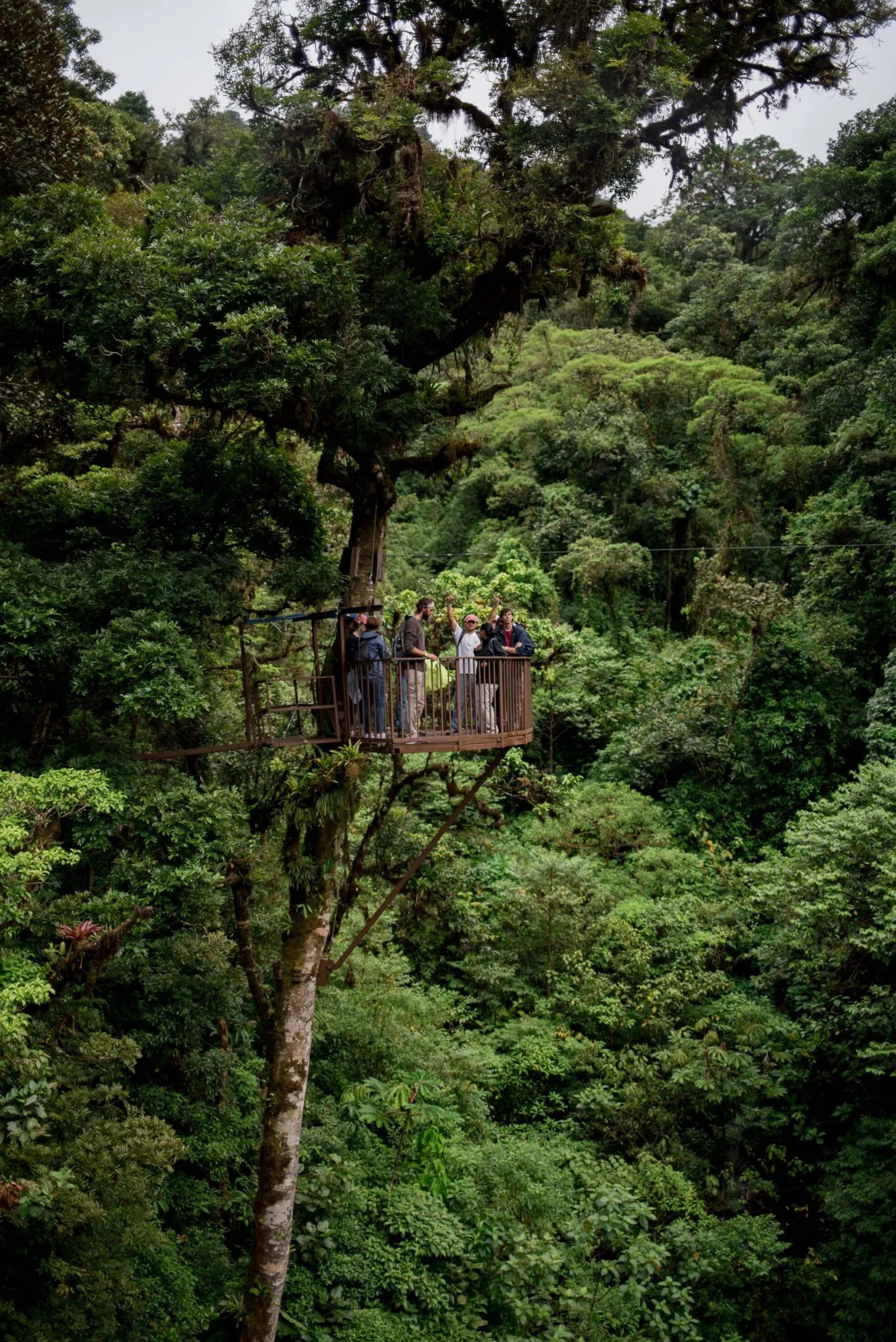
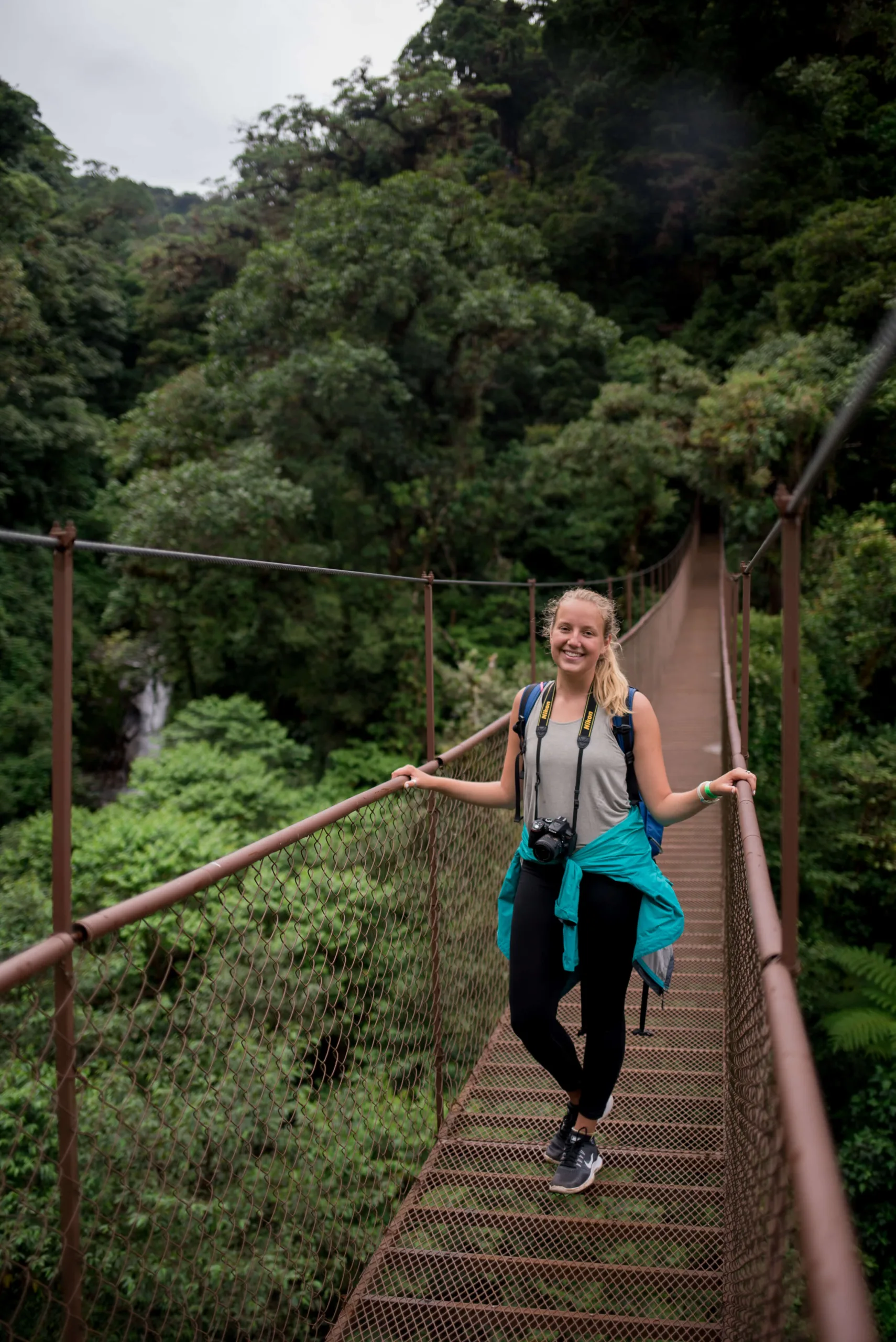

Additionally, while in Boquete, students visit two sites that contrast in the type of Ecosystem Services (ES) that they provide. Finca Dos Jefes is an organic coffee farm operating since 2003, the seven acre farm is located 1400 m above sea level, growing seven varieties of Arabica coffee Pacamara, Heirloom Bourbon, Gesha, along with the original Caturra, Catuai, Criollo and Catimor. Coffee in this farm is organically grown, naturally processed, and carefully roasted on the premises. ES provided by coffee agroecosystems are varied from provision of agroforestry products (coffee), maintenance of soil fertility, soil formation to pollination, and carbon sequestration. Since Finca Dos Jefes also includes tours, it provides aesthetic values, tourism and recreation, knowledge and education, which are all cultural ES.
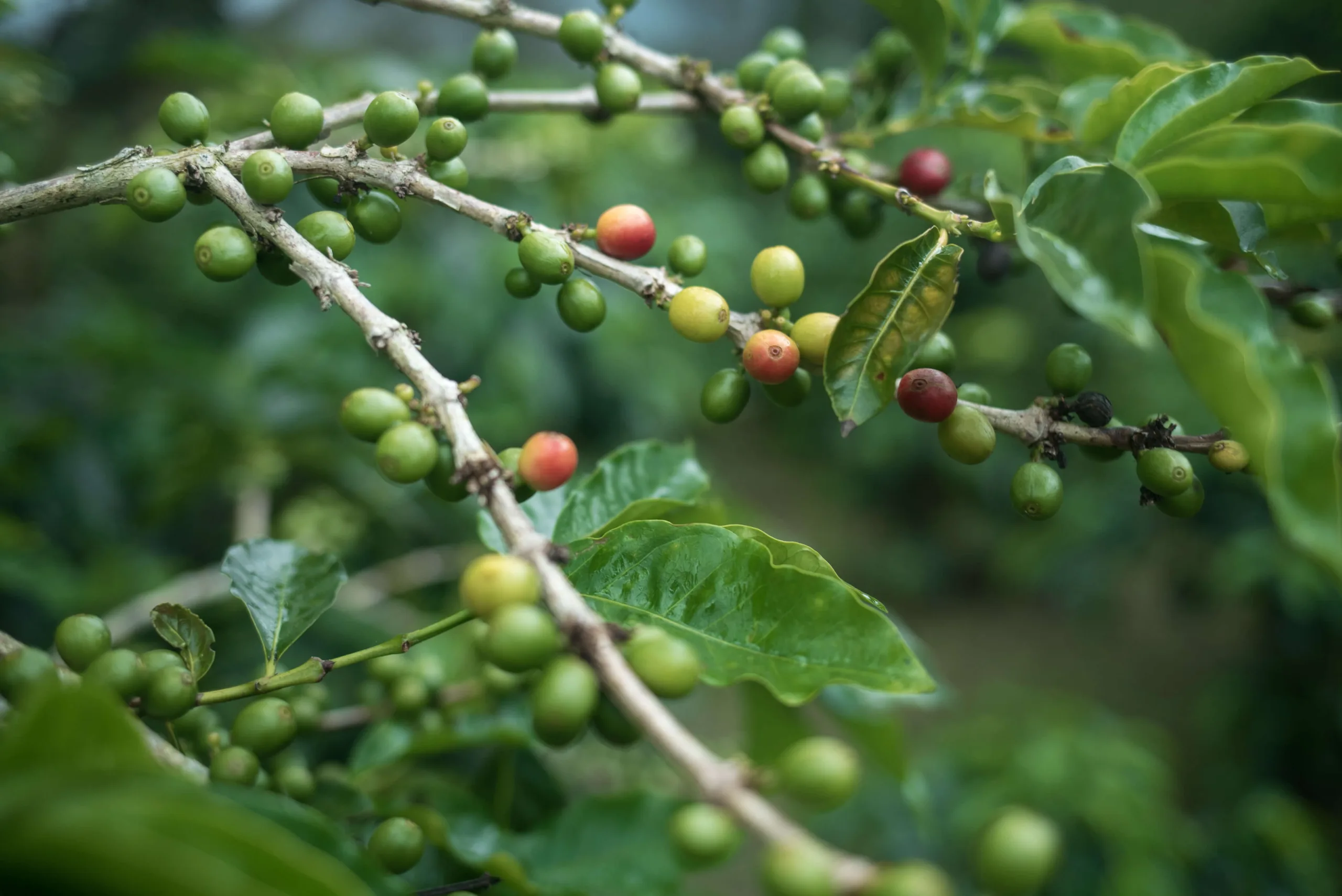
On the other hand, El Explorador is a thematic garden offering walking trails, in which visitors can enjoy views of fruit and vegetable gardens, hundreds of different varieties of flowers, exotic plants and all kinds of interesting quotes on old license plates and figurines made with reused, upcycled goods like blenders, toasters, sewing machines, and old TVs strategically placed among the gardens. About 40 years ago, the five acres of land was used to grow sugar cane and coffee, but now it has been converted into a site visit that provides mostly aesthetic and spiritual values.
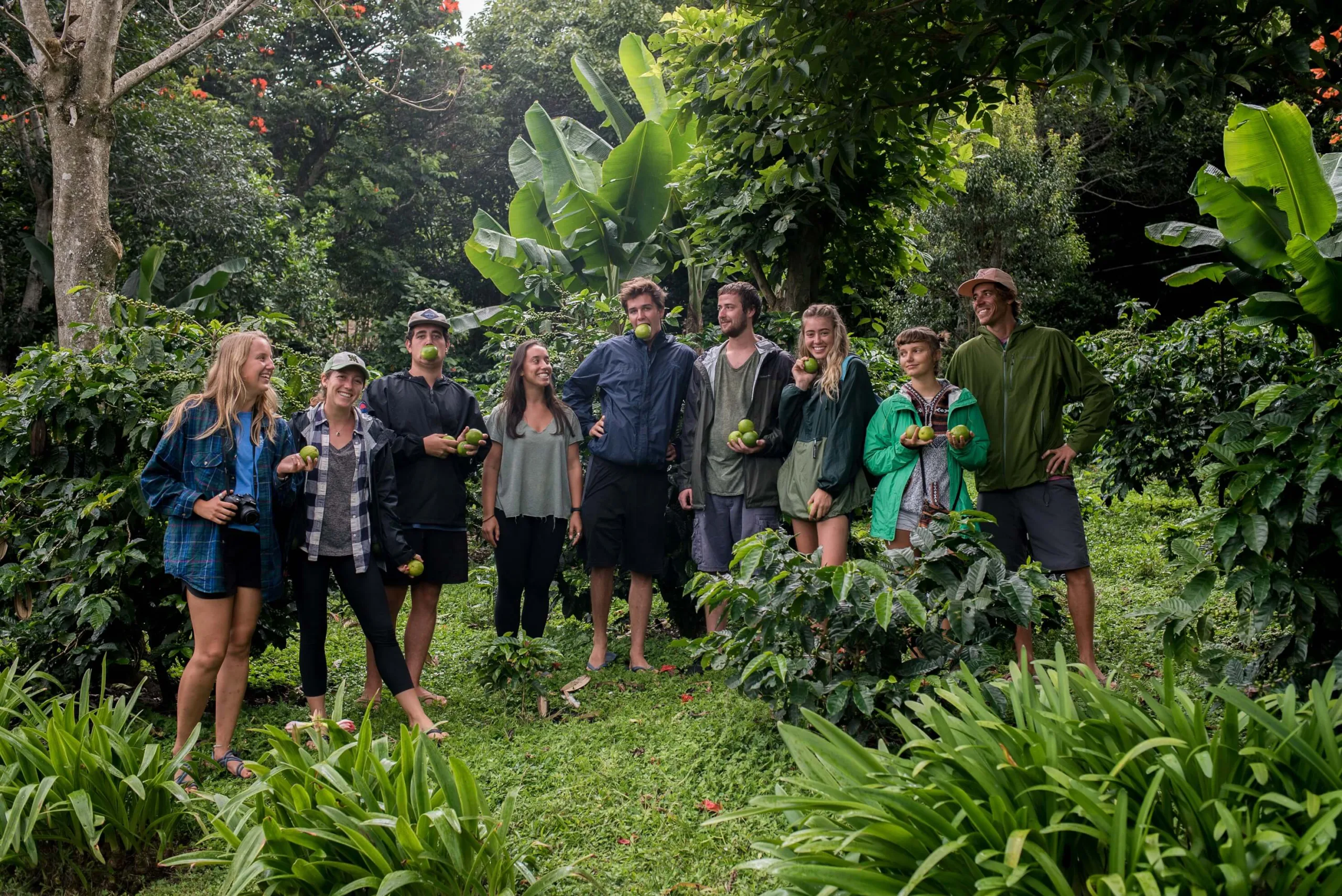
Bocas del Toro is a unique area that diverges from the rest of Panama; historically it has been segregated from the rest of the country. By traveling through the mountains of Panama, TIBS students compare and contrast not only among some of the tropical ecosystems in Panama but also between the different livelihoods the mainland displays.
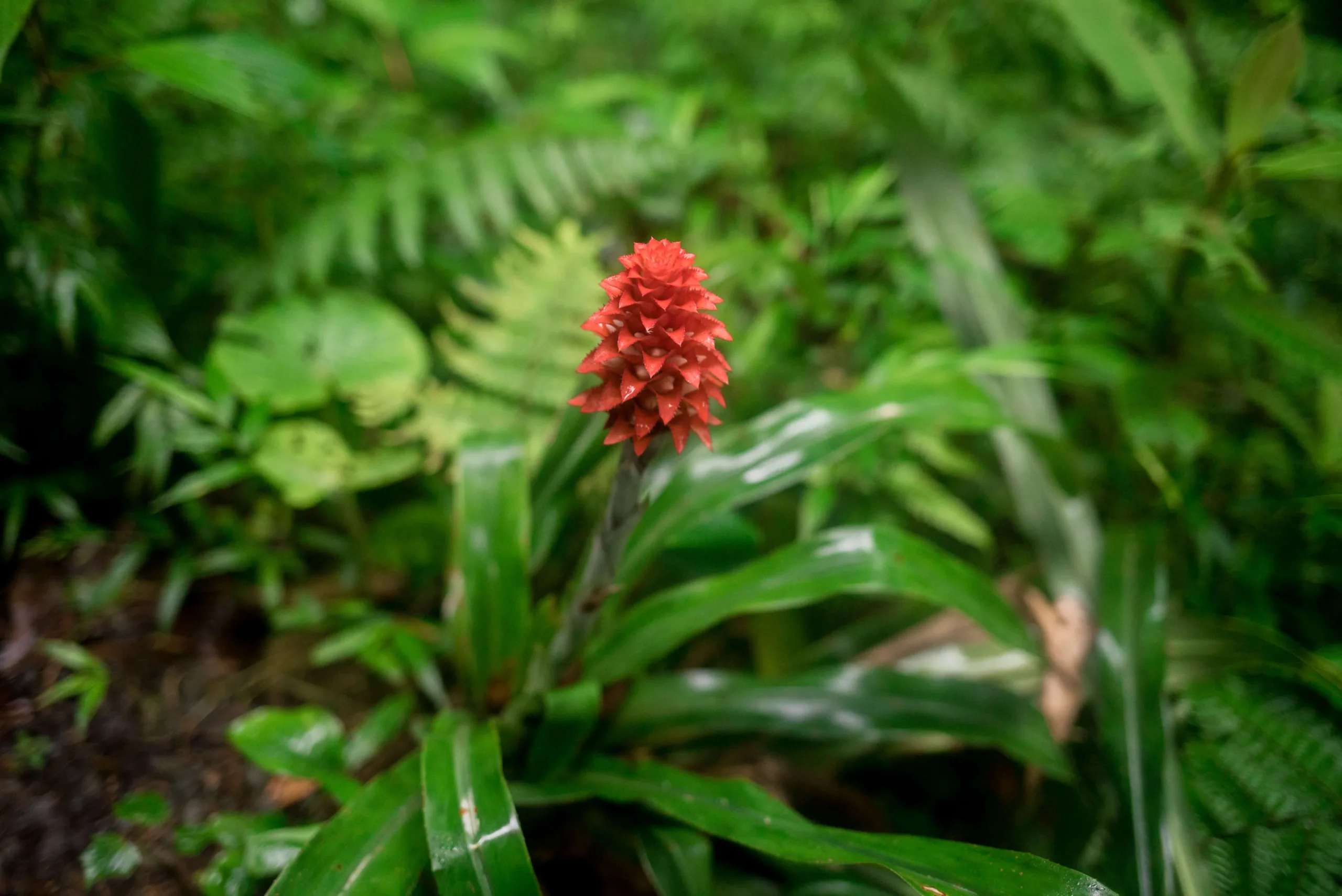
Related Posts

Camila Rojas: Alumni Spotlight⭐

